SaaS companies should make customer education one of their priorities if they want to be successful.
If you’re wondering why, the reason is simple.
Unless you educate customers on using your product and its features, they won’t know how to do that.
And if customers don’t know how to use a product, they’ll look for another one that they can learn how to use.
Therefore, customer education is crucial for minimizing churn. That’s why we’ve prepared 12 excellent ideas for customer education in this article.
Let’s start with the first one.
Offer a Free Trial of Your Product
There are countless software products in the SaaS market, so you can’t blame customers if they’re careful about who to give their trust and money.
Customers are even more likely to be picky with SaaS products than others because many SaaS companies offer a subscription-based model, which requires a certain amount of commitment.
However, you can counter that with a simple practice. Why not offer your customers the opportunity to try out your product for free?
That’s what Spotify does with its Premium plan.
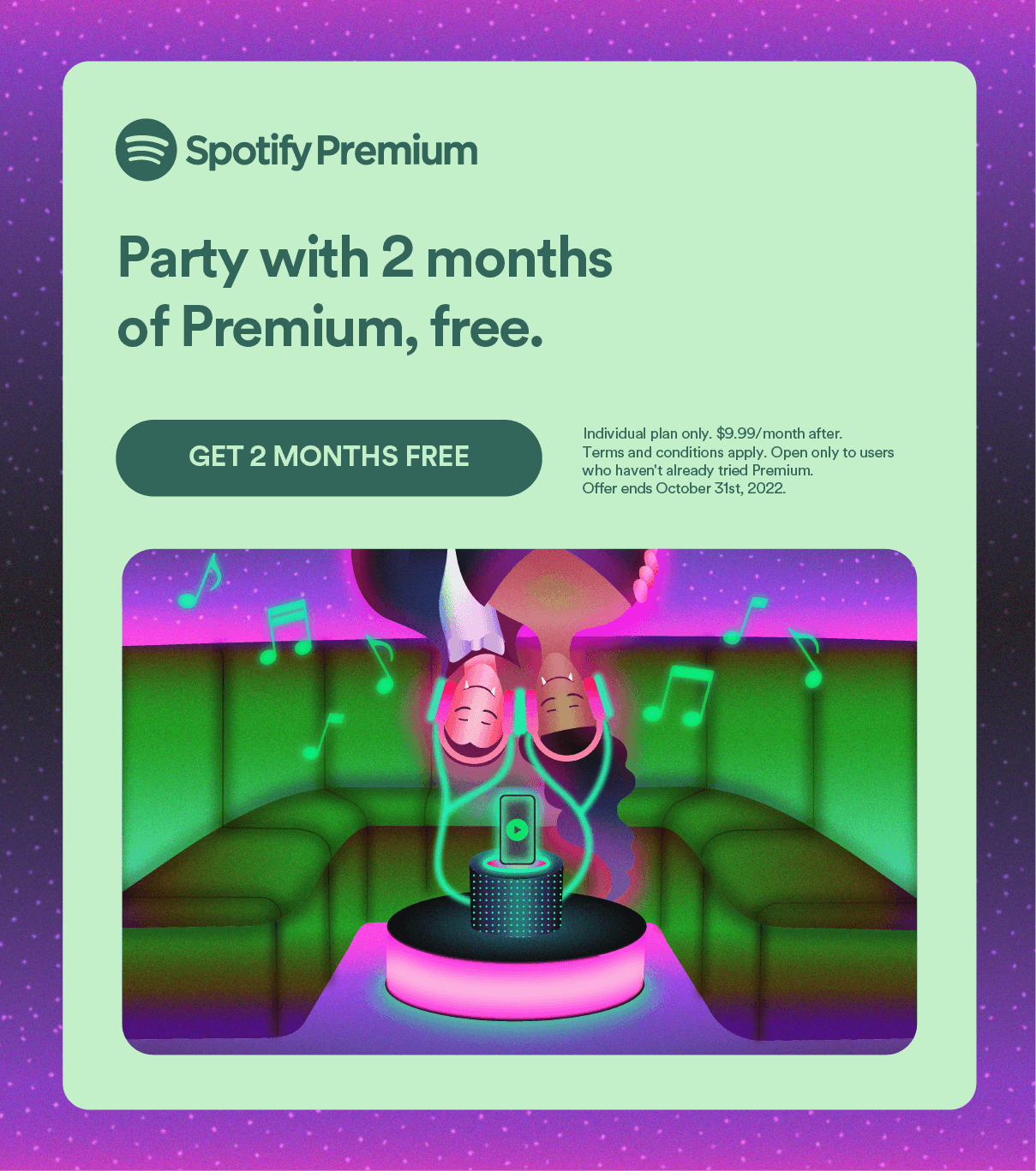
Source: Spotify
That way, Spotify users have two months to experience all the benefits and features of the Premium plan and learn how to use those features, for free.
That will make them less likely to churn. They know exactly what to expect from the product, which wouldn’t be the case if they paid for it without testing if it fits their needs.
By offering a free trial, you give your customers a commitment-free chance to experience the value of your product, which can lead to them adopting it and paying the full price.
Invite Customers to Join Your Beta Program
Another efficient way to reduce churn is to demonstrate to your customers how important they are to you.
A great way to do that is by creating a program for beta testing a new product or new features of an existing product and inviting them to participate.
This type of testing is suitable for smaller numbers of customers, which is an advantage when it comes to reducing churn.
The customers you invite will get a sense of importance and exclusivity, making them less likely to abandon your product in favor of your competitors.
For instance, take a look at how Moz invited customers to join their beta testing efforts for a new tool.
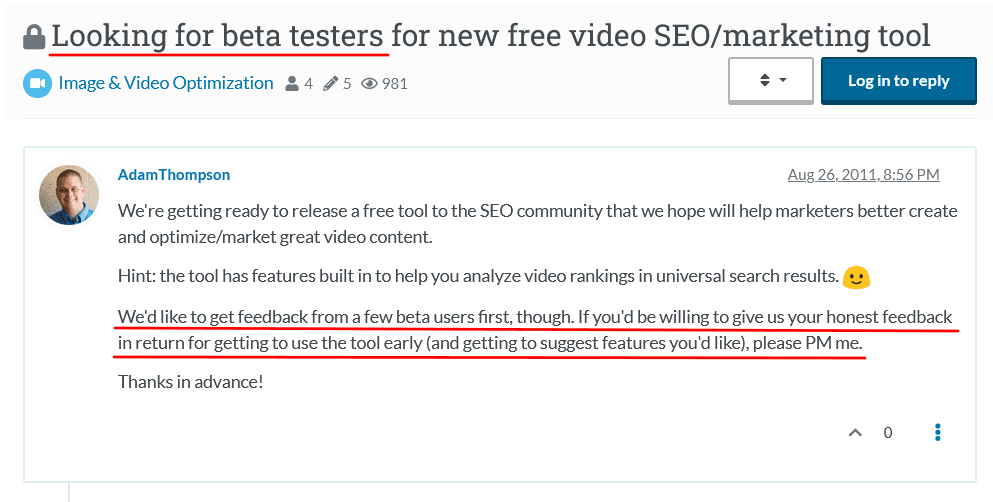
Source: Moz
They stress how important the opinion of users is to them, which can be very enticing to those who get the invite.
Also, in addition to making your customers feel special, by adopting this approach, you show them that you design and improve your products according to their feedback.
That’s a quality most customers will appreciate, making them more likely to keep their business with you.
Target Your Customers With Educational Emails
Educational emails can be an excellent way to minimize churn because they are convenient for customers.
How so? Because emails land in their inboxes and offer educational content right then and there.
The customers only need the readiness to learn about your product, which they most likely have if they want to use it efficiently.
Educational emails can contain educational materials or links to where the customers can find them.
For example, Grammarly sends a weekly email to its users where they show the top three mistakes from the previous week of using the tool.
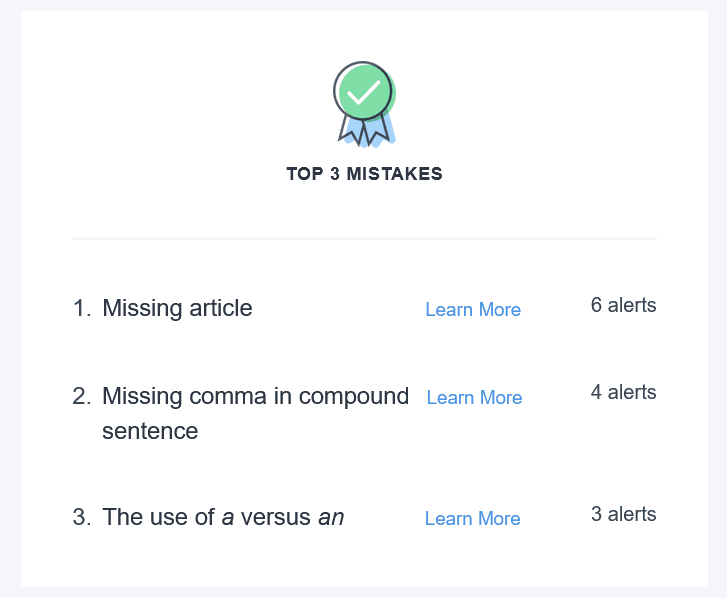
Source: Grammarly
When users click on the “Learn More” link, it leads them to an article on the Grammarly blog, which explains the mistakes.
However, in addition to educating the customers about proper grammar, they also educate them on how to use the Grammarly tool by linking to various help articles.

Source: Grammarly
That is only one of the ways you can educate your customers via email.
Whether onboarding new product users or guiding existing ones through new features, providing educational content in emails will make customers more proficient in using your product, leading to minimizing churn.
Guide Users With In-Product Walkthroughs
One of the most effective ways to educate customers about a product or its features is to show them exactly what to do with it and how to do it.
But how to do that if you’re not sitting next to them while they use your product?
It’s simple—guide them with in-product walkthroughs.
Walkthroughs are a straightforward, engaging, and interactive way to help your customers get to grips with your product or a particular feature.
The users learn about the product inside the product itself, like in the example from Kommunicate you can see below.
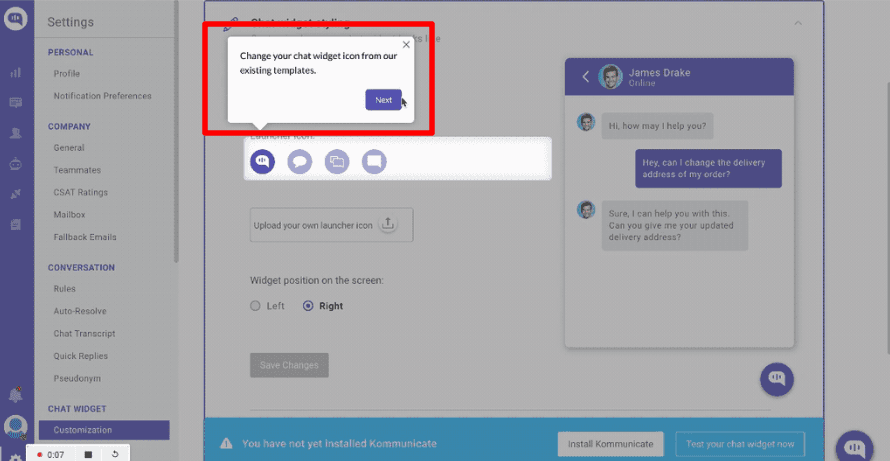
Source: Userpilot
By engaging customers in a step-by-step guide inside the product, Kommunicate ensures that the guide is as clear as possible.
Brett Farmiloe, content and marketing expert, explains that this approach contributes to customer retention.
By showing (rather than telling) users how to use your product, they are much more likely to understand how to use it and will continue to use it in the future.
In other words, in-product walkthroughs make educating more efficient and easier.
Use Gamification to Make Learning Fun
Adding game-like mechanics to your customer education journey is a great solution for battling churn.
Using checklists, badges, leaderboards, virtual rewards, and other game-like elements is motivating for making progress and makes routine tasks like going through educational material more fun and exciting.
As Clint Fontanella, manager at HubSpot, points out, the feeling of having achieved some kind of success drives customers forward.
People love the feeling of accomplishment, so gamification rewards them with mini incentives while they progress towards an overall goal.
For example, Salesforce uses badges and awards for users who try out new features.
They also measure progress in the form of a roadmap, so the user has a visual overview of their journey.
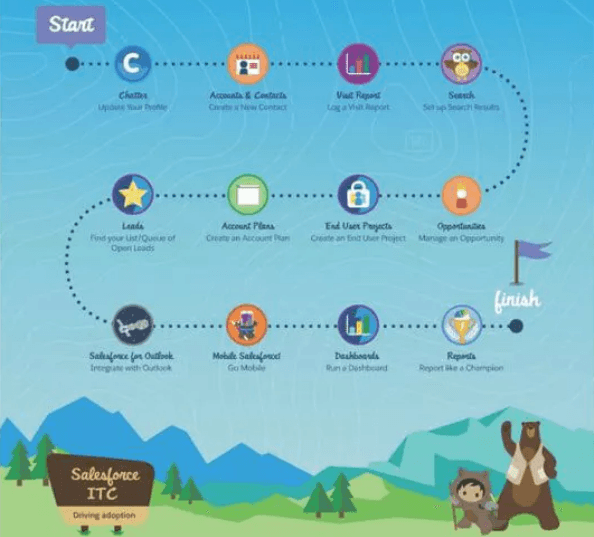
Source: Userpilot
When customers are motivated like that, they have the incentive to learn about the product, even if they only get a virtual medal for it.
Before they know it, they’ll try out many product features or go through the whole onboarding process, and you’ll get customers that know how to use your product and, consequently, won’t think about leaving.
Make Content Suited for Mobile Learning
Mobile devices are all around us, and many people use them as their primary way of accessing online content.
There is data that supports that. In the last ten years, mobile website traffic share has increased significantly.
According to Statcounter, mobile traffic in 2022 amounts to around 60%, while desktop traffic is just shy of 40%.
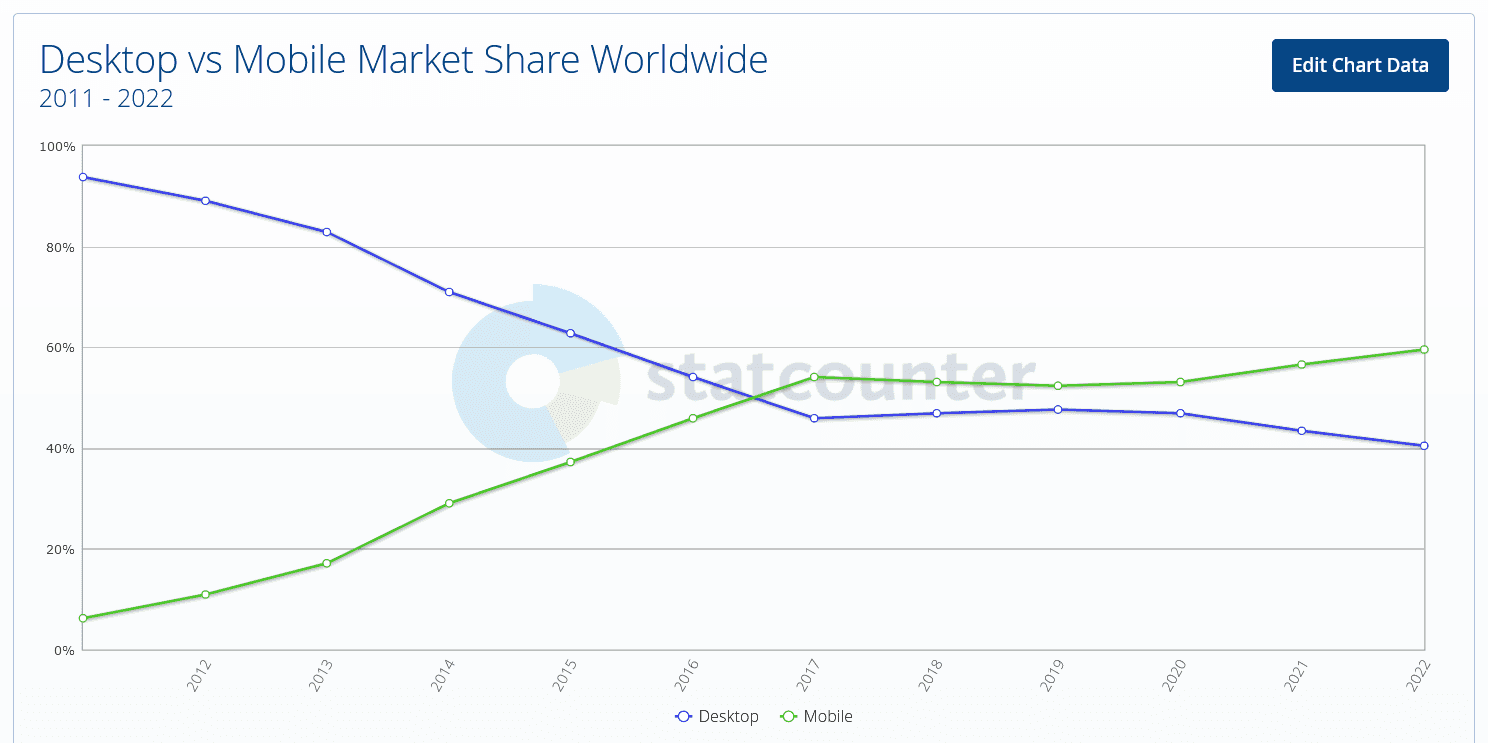
Source: Statcounter
Therefore, it makes perfect sense to create educational content suited for mobile devices.
Many customers want to be able to access educational content from anywhere, without the need to sit in front of a computer. Content suited for mobile devices allows precisely that.
What does that content look like? It should be brief, straightforward, and look good on smaller screens.
For example, using videos like those from Help Scout's help center is an excellent approach.
They require only a few minutes to watch and they provide easy-to-understand visual information.
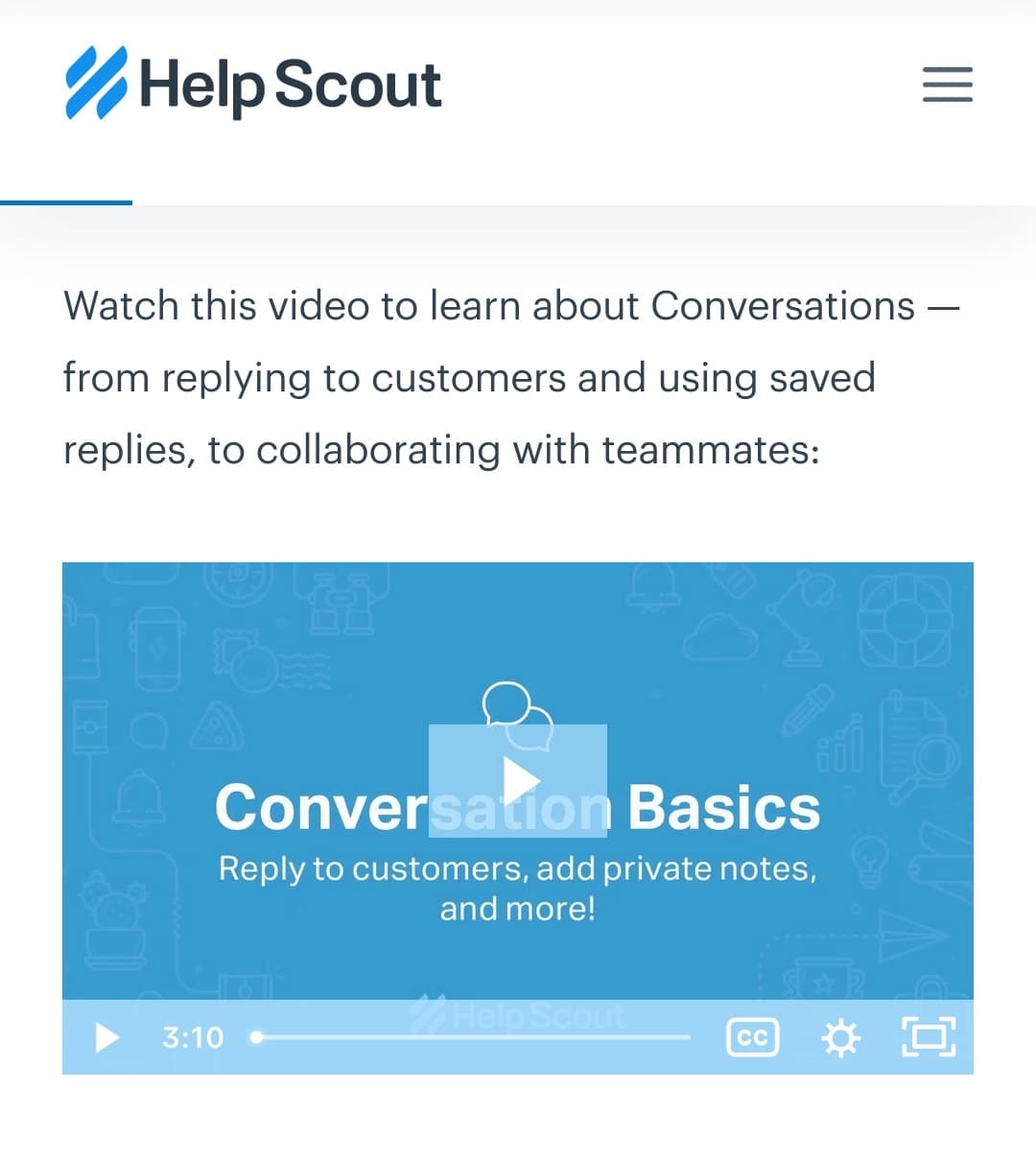
Source: Help Scout
To sum up, creating educational content that customers can access with their mobile devices is likely to encourage them to learn even if they’re on the go.
That is beneficial both for them and for your customer retention rates.
Create Content With Microlearning in Mind
Creating long, detailed help articles or instructional videos that take an hour to watch might do more damage than good for your customer churn rates.
Content like that will be full of valuable information, but not many people have the attention span and willingness to dive into them.
That’s why you should create educational content that delivers information in short bursts, making it easier for customers to consume and retain.
Essentially, that’s microlearning—a method of providing small amounts of information that are easy to absorb and focused only on one topic.
Visual media is excellent for microlearning, whether it’s in the form of infographics, screenshots, or videos.
Videos, in particular, can be very helpful. As we mentioned in the previous section, they can provide precise information in little time, which is ideally suited for microlearning.
For instance, HighQ has a whole section dedicated to videos in its help center.
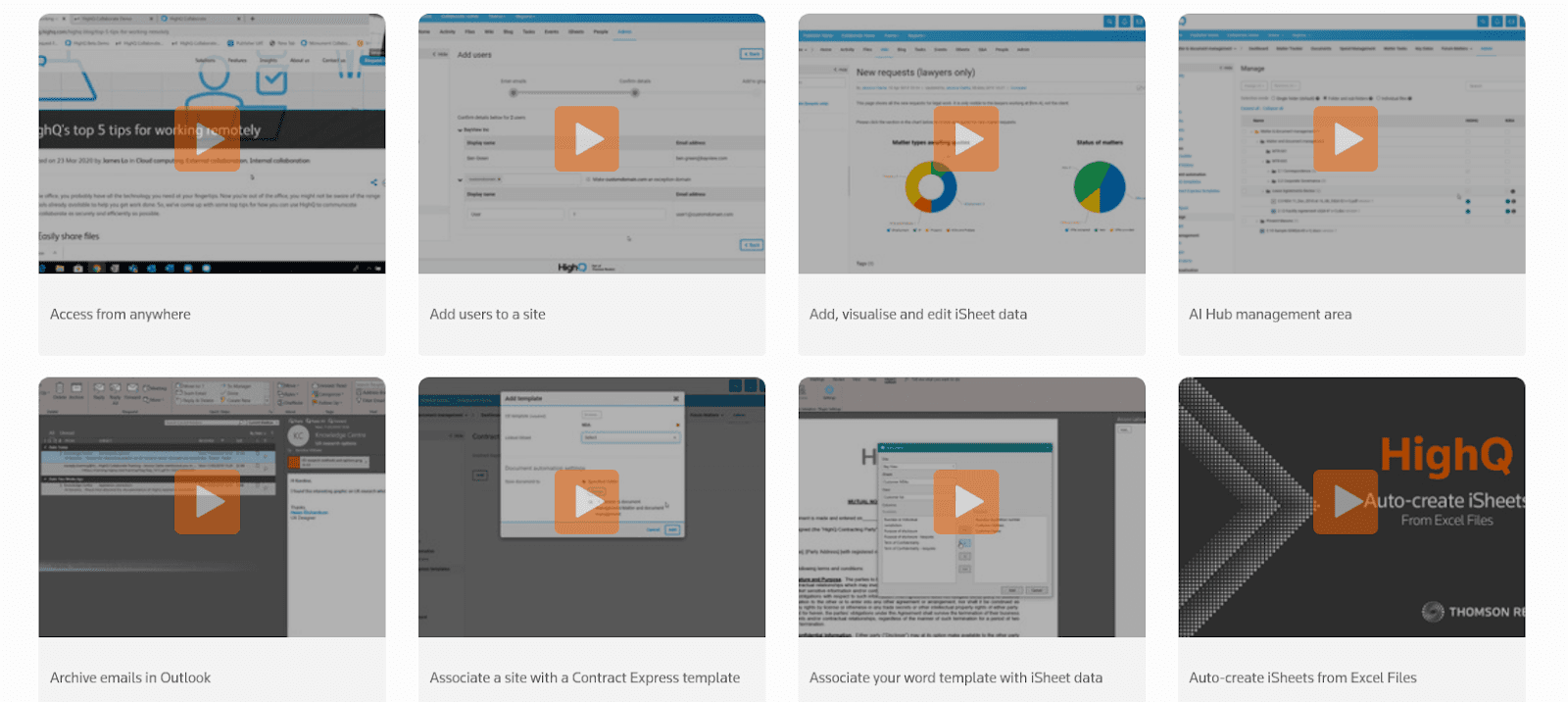
Source: HighQ
They’re all concise and great for customers who want to learn about the product, but don’t have a lot of time.
That way, they’ll accumulate knowledge over time and learn to efficiently use your product for fulfilling their needs.
Create Online Courses for Your Customers
Online courses are for those customers who want to invest their time and effort into mastering the use of your product.
Courses are a structured way of learning and are usually divided into multiple lessons.
Although earlier we pointed out the benefits of brief and easily digestible content, online courses also have their advantages.
One of them is that customers who enroll and complete them become very knowledgeable about your product.
If they commit to that amount of learning, it’s unlikely that they’ll churn.
With online courses, they gain an in-depth understanding of the product so they understand how to use it effectively and what value they can get from it.
You can organize your courses into an online academy and motivate users to take them by offering certifications, as HubSpot does.
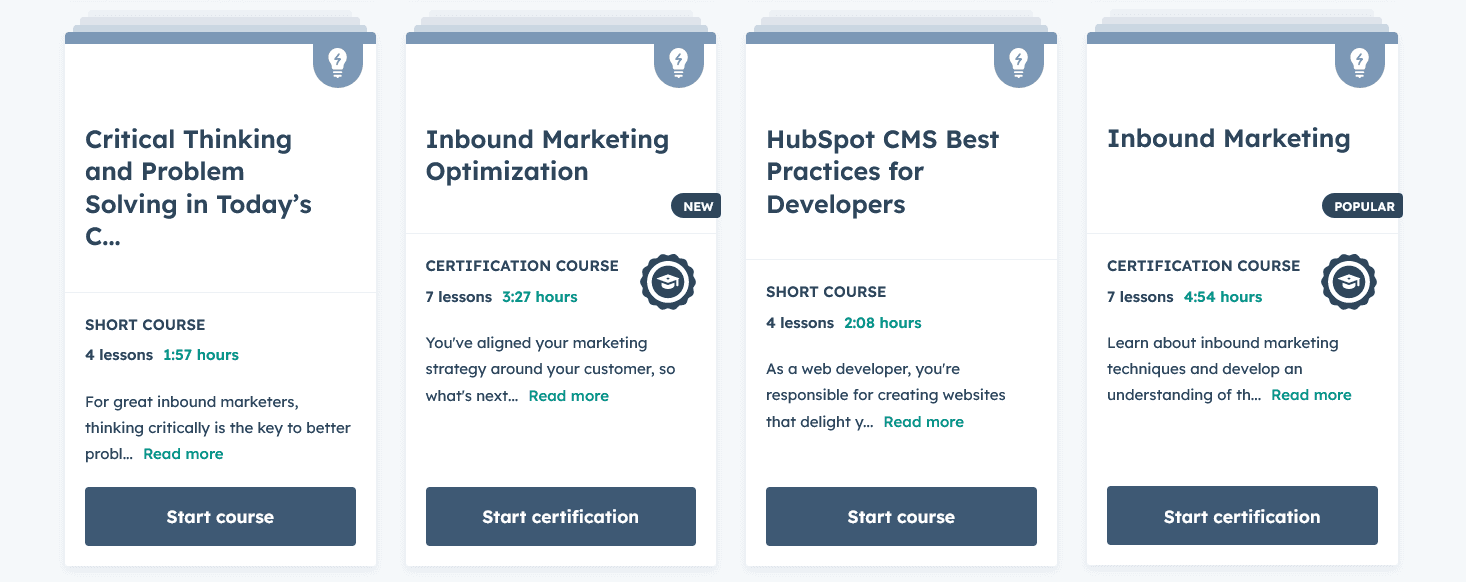
Source: HubSpot
They offer a wide range of courses that correspond to the products they offer, but they also teach users about the industry, establishing the HubSpot team as experts in the field.
That’s another benefit of online courses because if customers see you as an expert, they’ll trust you and your products.
And creating comprehensive online courses can undoubtedly create that trust.
Build a Product Knowledge Base
If your customers have a detailed resource about your product that they can use at any time and find most, if not all, the answers and information they need, that immensely contributes to minimizing churn.
That resource is a product knowledge base, and it's non-negotiable for SaaS products.
Software products are complex, and sooner or later, customers will need help with them.
If they can’t find the information they need or must rely on getting through to customer support every time, they most likely won’t be pleased.
And that can drive them to look for other products that provide them with a simple-to-use, but comprehensive knowledge base.
You can prevent that by using a tool like Archbee to build a resource with everything a customer needs.
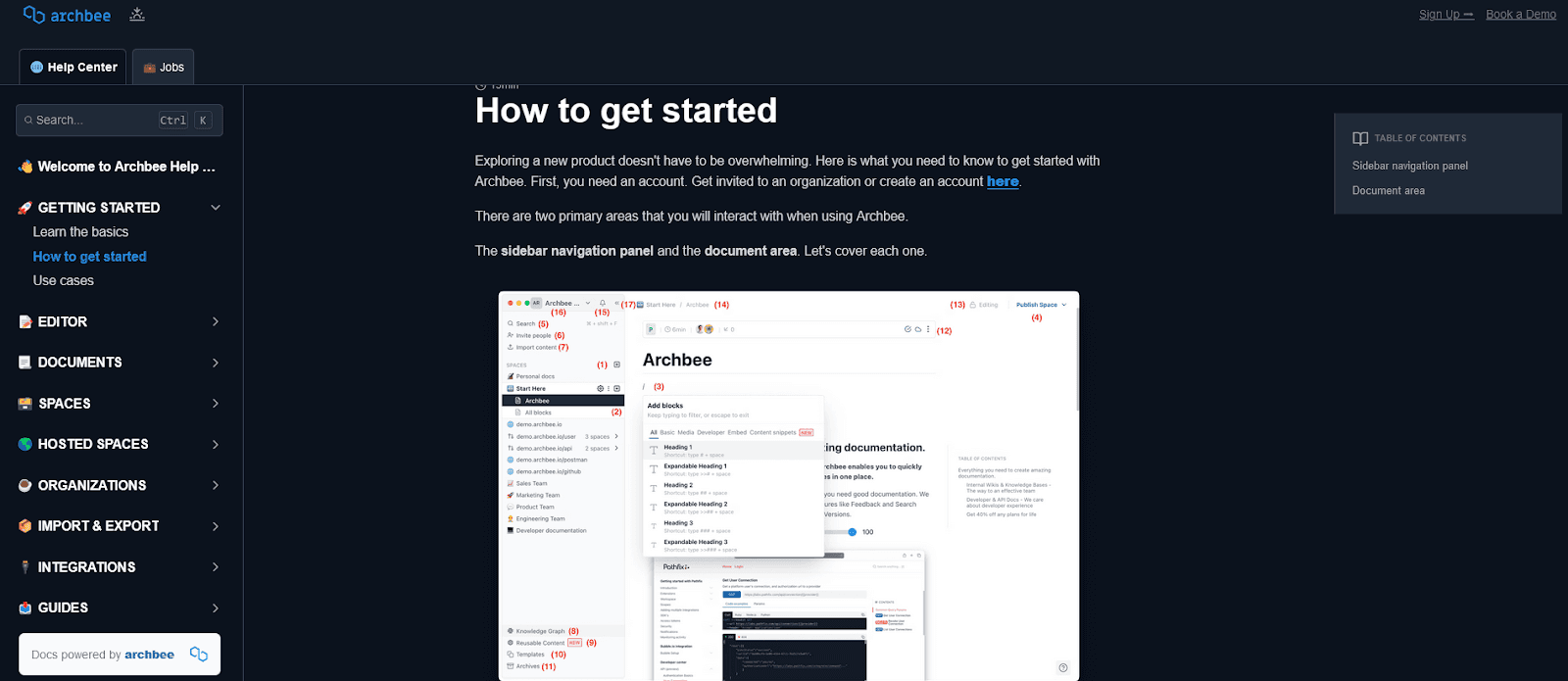
Source: Archbee
You can create product documentation easily by using ready-made templates or dozens of custom blocks in Archbee’s editor.
Also, you can organize educational content into categories, and the whole knowledge base is easily searchable, so customers won’t have any issues finding what they need.
A knowledge base like that will help you reduce churn. Customers will have all the information at their fingertips and learn to use your product with ease.
Blog About Your Product
Your company’s blog can be a potent source of educational content for your customers.
Creating informative blog posts can be beneficial for various reasons.
First, it can bring more people to your website. If they’re not your customers yet, they can become that after reading your blog and browsing through the rest of the website.
Also, whether they are your customers or not, you can educate them about your product, explain how to use it for specific purposes, or simply showcase its value to your readers.
For instance, Hotjar’s blog contains interesting and educational content about UX, marketing, user research, etc.
They share industry knowledge and educate their readers about those topics, but they also weave in blog articles about their products.
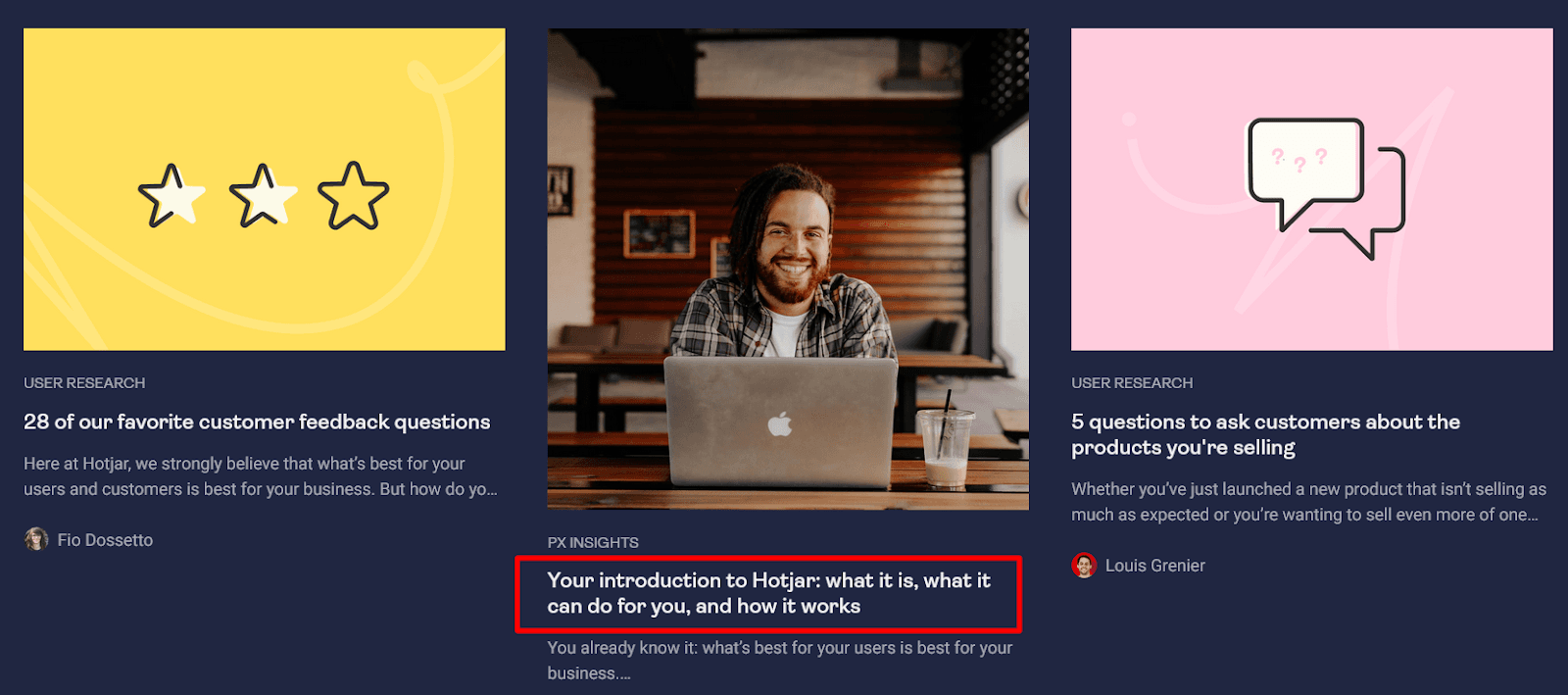
Source: Hotjar
That way, they educate their customers about what they can achieve with their product.
As we already know, once the customers understand the product’s full potential and how it can benefit them, they’ll keep using it.
Educating them through a blog is something a SaaS company should undoubtedly consider.
Show Customers Your Case Studies
Rather than making adverts about how great your product is and how everyone should use it, you can use the power of case studies.
With case studies, you can show customers how others achieved success with your product, while at the same time educating them about how to do it themselves.
Simply put, case studies offer a different perspective compared to traditional means of education.
Customers who read case studies get the sense that others, who are just like them, are recommending the product.
Also, they can read about specific cases in which your product helped someone else.
If the customer reading it is in a similar situation, that can be relatable and convince them of your product’s value.
Many companies are aware of the powers of a great case study. For example, Canva provides many of them on its website.
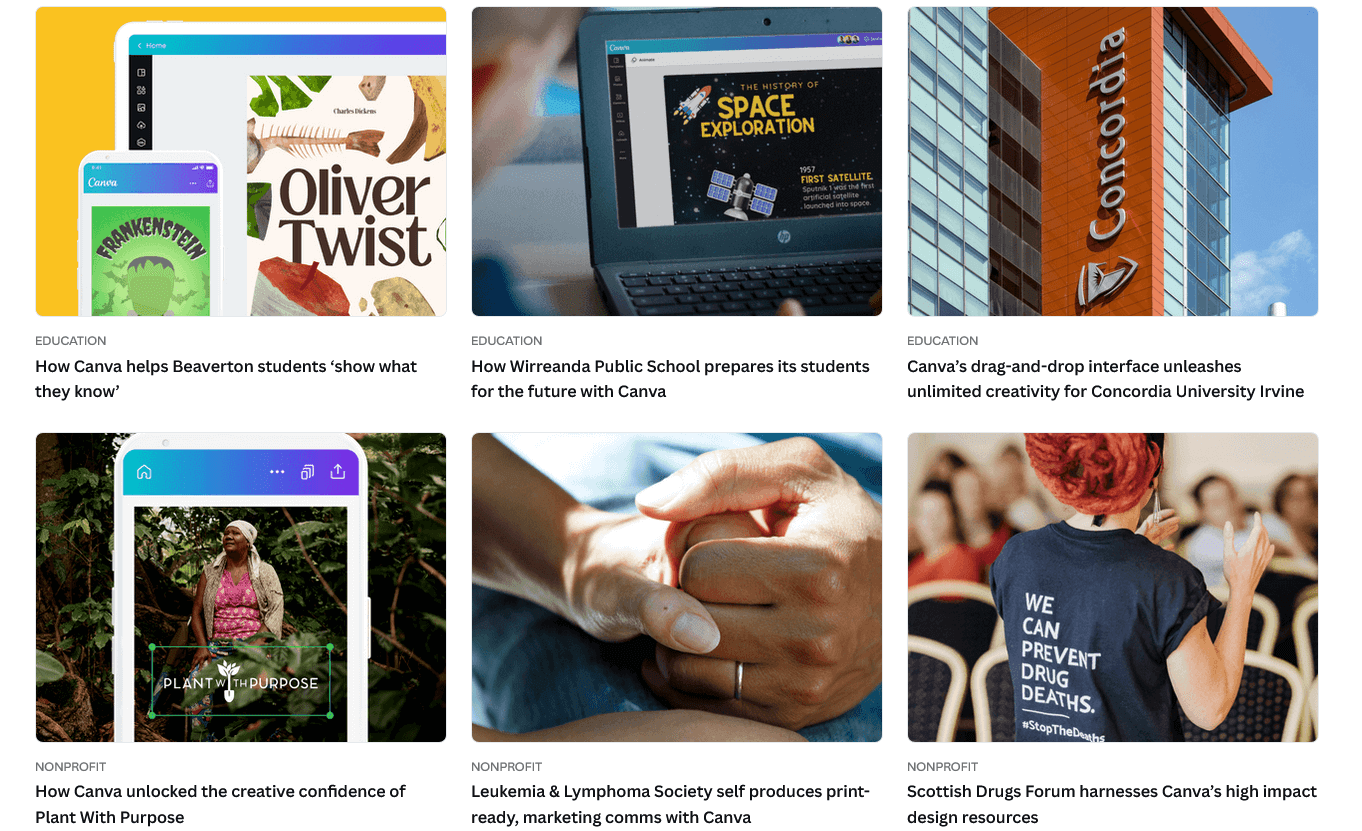
Source: Canva
Readers can even filter them by industry so they can read about the experience of someone with similar needs.
Success stories like that are a powerful way to convince customers to keep using your product if they want great results.
Have Industry Experts Talk About the Product
Becoming an expert in your field is a challenging and lengthy process. Customers listen to and trust experts’ opinions for a reason.
You can use that to educate your customers about your product and further enhance their belief that they made a great decision by choosing it.
An industry expert can discuss your product in a blog post, video, podcast, webinar, etc.
The channels can be different, but the legitimacy that can give to your product will always be significant.
For example, anyone interested in online marketing knows who Neil Patel is. He’s undoubtedly a highly influential figure and a trusted industry expert.
He also has a blog where he writes about industry topics, like the one about the optimal length of online content.
In it, he describes how he used MarketMuse for deep content analysis.
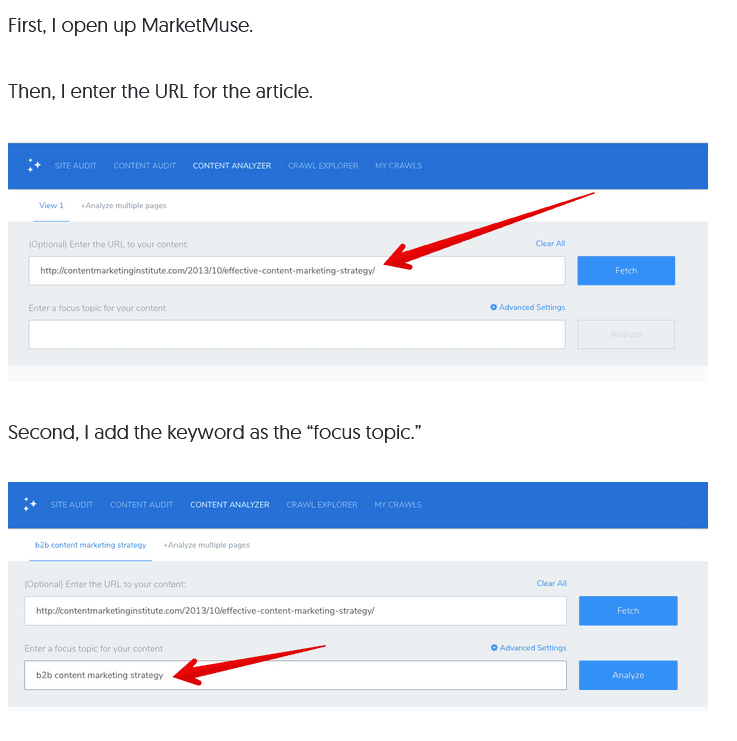
Source: Neil Patel
Although the blog post isn’t solely about that tool, Patel writes about its practical use and the results he achieved with it.
Seeing how an expert uses a specific tool like that is valuable educational content for customers.
You can use it to your advantage—if your product is good enough for the needs of an industry expert, most customers will conclude that it’s more than good enough for them.
Conclusion
Keeping as many customers as you can is vital for your SaaS company.
Customers bring revenue, and without revenue, there won’t be new products, features, or making exciting new ideas come true.
That’s why minimizing customer churn is so important. Luckily, by educating them about your product and how to get the most out of it, you ensure that they stay satisfied and loyal.
We hope that the ideas we’ve presented in this article will inspire you to provide customers with an even better educational experience than ever before.
Frequently Asked Questions
Because subscriptions are renewed only when customers see ongoing value. Clear education helps users reach first value faster, adopt key features, and get consistent results. That lowers support friction, boosts satisfaction and trust, and directly reduces churn while increasing expansion and referrals. Effective programs also set accurate expectations during trial and onboarding, so customers know what the product can and cannot do. Track impact through activation rate, time to first value, feature adoption, support ticket volume, NPS/CSAT, and churn/retention.



